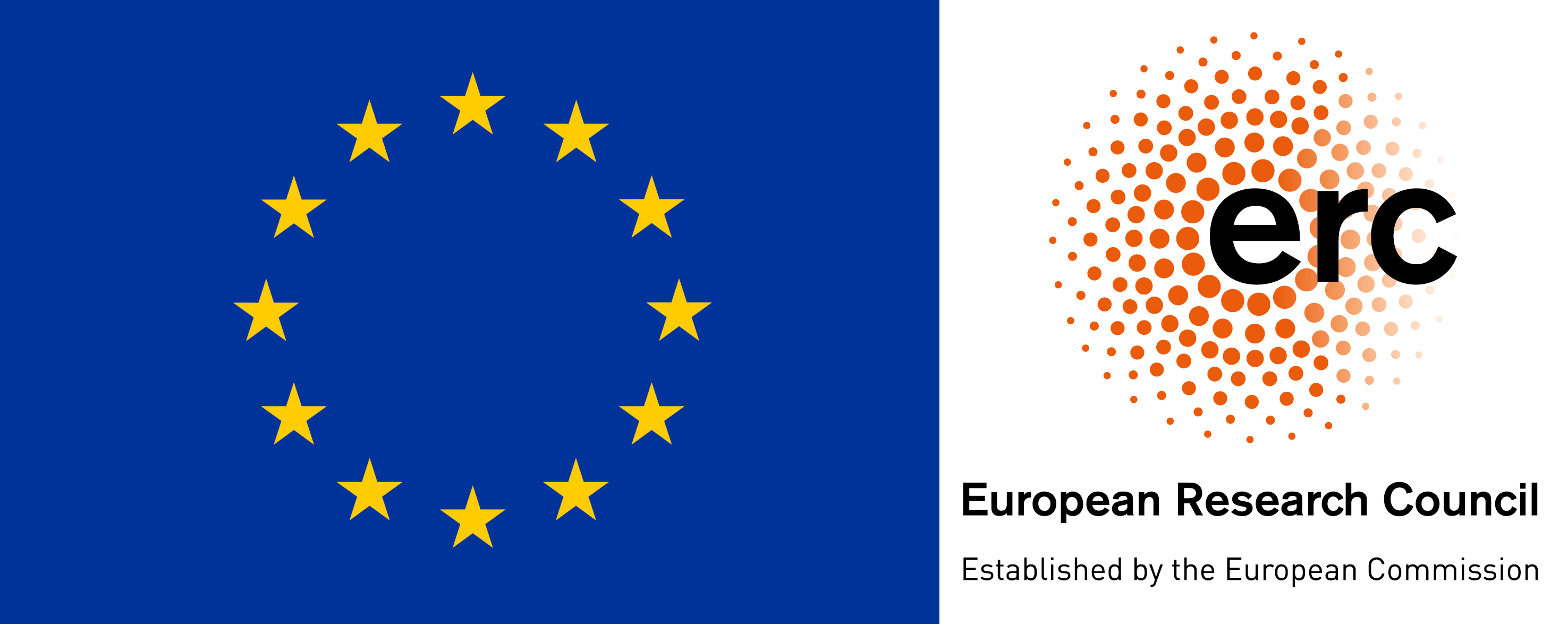LMS Harmonic analysis and PDE network meeting
21 February 2023, Zeeman Building, University of Warwick.
This event is funded by the LMS Scheme 3, the University of Warwick and ERC grant 948021.


Schedule
- 12:30 - 13:00: Welcome Zeeman common room
- 09:30 - 10:20: Paolo Bonicatto (Warwick): Existence and uniqueness for the Lipschitz transport of normal currents
- 14:00 - 14:45: Annalisa Massaccesi (Padova): Frobenius theorem for weak submanifolds
- 14:45 - 15:15: Tea and coffee
- 15:15 - 16:00: Xavier Tolsa (Barcelona): The regularity problem for the Laplace equation and boundary Poincaré inequalities in rough domains
- 15:00 - 15:20: Matthew Hyde (Warwick): Quantitative rectifiability in metric spaces
Abstracts
Paolo Bonicatto (Warwick): Existence and uniqueness for the Lipschitz transport of normal currents
We prove existence and uniqueness for the Geometric Transport Equation \(\frac{d}{dt}T_t+\mathcal{L}_b T_t=0\) in the class of normal currents \((T_t)_t\), under Lipschitz regularity of \(b\). The argument relies on the notion of decomposability bundle introduced by Alberti-Marchese and, in the particular case of \(0\)-currents, it yields a new proof of the uniqueness for the continuity equation in the class of signed measures. This is joint work with G. Del Nin and F. Rindler.
Annalisa Massaccesi (Padova): Frobenius theorem for weak submanifolds
The question of producing a foliation of the \(n\)-dimensional Euclidean space with \(k\)-dimensional submanifolds which are tangent to a prescribed \(k\)-dimensional simple vectorfield is part of the celebrated Frobenius theorem: a decomposition in smooth submanifolds tangent to a given vectorfield is feasible (and then the vectorfield itself is said to be integrable) if and only if the vectorfield is involutive. In this seminar I will summarize the results obtained in collaboration with G. Alberti, A. Merlo and E. Stepanov when the smooth submanifolds are replaced by weaker objects, such as integral or normal currents or even contact sets with “some” boundary regularity. I will also provide Lusin-type counterexamples to the Frobenius property for rectifiable currents. Finally, I will try to highlight the connection between involutivity/integrability à la Frobenius and Carnot-Carathéodory spaces and how to apply our techniques in this framework.
Xavier Tolsa (Barcelona): The regularity problem for the Laplace equation and boundary Poincaré inequalities in rough domains
Given a bounded domain \(\Omega \subset \mathbb R^n\), one says that the \(L^p\)-regularity problem is solvable for the Laplace equation in \(\Omega\) if, given any continuous function \(f\) defined in \(\partial \Omega\) and the harmonic extension \(u\) of \(f\) to \(\Omega\), the non-tangential maximal function of the gradient of $u$ can be controlled in \(L^p\) norm by the tangential derivative of \(f\) in \(\partial\Omega\). Up to quite recently this was only known to hold for Lipschitz domains (in some range of \(p\)s).
In my talk I will explain a recent result with Mihalis Mourgoglou where we show that the \(L^p\)-regularity is also solvable in more general domains, such as 2-sided chord-arc domains. In the solution of this problem, the Poincaré inequality in the boundary of the domain plays an important role. I will also discuss this issue and a related joint result with Olli Tapiola where we show that the boundaries of 2-sided chord-arc domains support 1-Poincaré inequalities.
Matthew Hyde (Warwick): Quantitative rectifiability in metric spaces
The theory of quantitative rectifiability for Ahlfors regular subsets of Euclidean space was developed extensively by David and Semmes in the early 1990s, partly motivated by questions arising in harmonic analysis. They proved, among many other things, the equivalence of Uniform Rectifiability (UR) and the Bi-lateral Weak Geometric Lemma (BWGL). The first condition being a natural quantitative version of rectifiability, the second, a quantitative condition measuring local Hausdorff approximations by affine subspaces. Their result can be seen as quantification of the equivalence between rectifiability and the almost everywhere existence of approximate tangent planes. In this talk we discuss the equivalence of UR and BWGL for Ahlfors regular metric spaces. While the definition of UR makes sense in this context, BWGL does not. Instead, the BWGL condition is stated in terms of local Gromov-Hausdorff approximations by \(n\)-dimensional Banach spaces. This is based on joint work with David Bate and Raanan Schul.